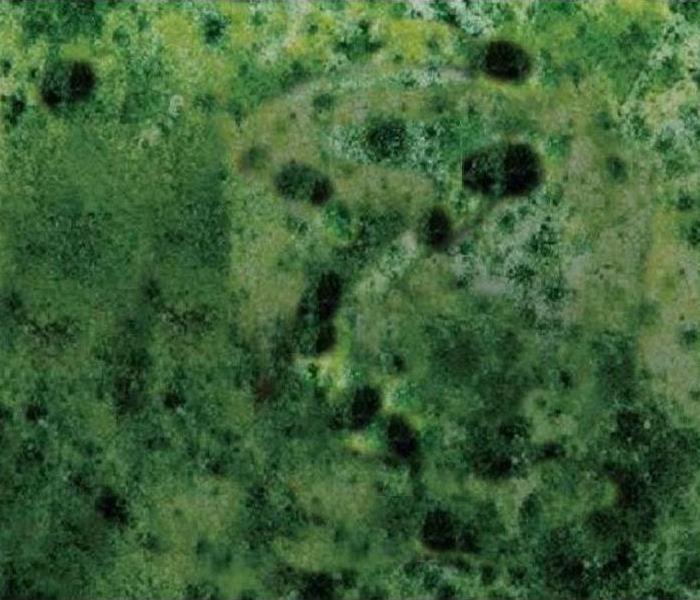Does Dead Mold Need to Be Removed?
4/22/2019 (Permalink)
Something that's just as bad as mold is the information we find on the internet. It's not always accurate.
This is especially true with the topic of mold. It's often misunderstood, as is the process of how to safely eradicate mold. This is primary because of the lack of regulation in the mold remediation industry.
Here are two common misconceptions in the mold industry:
1) Bleach Kills Mold...When bleach comes into contact with organic material its effectiveness is greatly reduced. The amount of bleach and concentration you'll need to remove mold will most likely damage the material or structure before killing the mold.
Keep in mind: Bleach is not addressing the 'cause' of the mold. If moisture and humidity issues are still present, those would need to be addressed before the mold.
2) Dead Mold Doesn't Need to Be Removed... First off, dead mold is dormant or not actively growing. It needs moisture and humidity, as stated above, for it to flourish.
Here's what some "mold professionals" are doing. They offer a "simple, kill in place solution". It may be a sort of fogging or spray. After they perform this they do not clean up the dead mold. Why? Because they know they can convince you the mold is no longer harmful. But they know it will grow back once moisture is reintroduced, and if it grows back guess who you're gonna call again? Yup those guys.
Key Takeaway:
- There is no one solution to kill mold. The cause must be treated, then the mold is to be professionally mitigated so all mold, dead and growing, can be removed.
For more information on Mold contact us at: (562) 392-3007






 24/7 Emergency Service
24/7 Emergency Service
